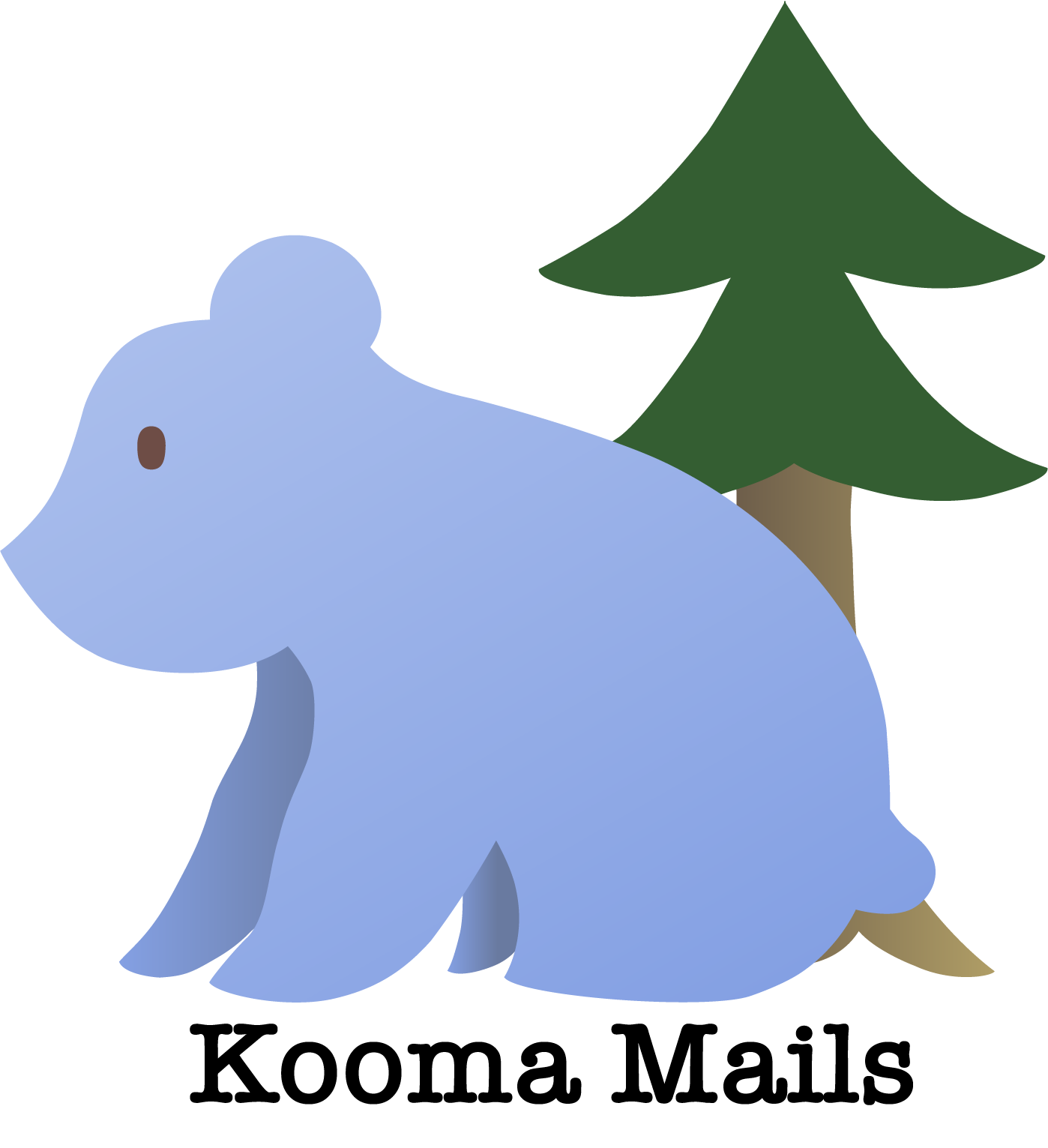Intermediate
In many ways, the intermediate level is very similar to the beginner level – you will use a textbook, (probably) will still want a tutor, and continue studying Kanji with WaniKani. However, the methods and concepts you will learn will be more complex, and this is when you’ll start reading text that is much more similar to ‘native’. Language exchange and immersion with Native Speakers is absolutely critical at this stage, and you may want to attempt trying to read some books or watch shows in Japanese. This is a very difficult part of your language learning, but will ultimately be some of the most rewarding!
Continuing from Beginner
Kanji (WaniKani) – continue using until you finish
Vocabulary – continue studying using your preferred method
Meetup Events / Tutor – continue attending meetup events to practice your speaking. Continue to utilize your tutor as someone to help correct you / speak with as needed. If anything, you should try to attend events as much as possible, and try to find additional language exchange partners (feel free to use other apps here, such as HelloTalk, as desired)
*Goal: Continue studying Kanji & Vocab, increase your attendance of Meetup events/tutoring sessions to practice
Intermediate Textbook – Tobira
The other perennial favorite for Intermediate Textbooks is Tobira. I really like Tobira for the quality of the workbook, straightforward grammar explanations and accompanying sample sentences, and how it eases you into reading long-form texts (which themselves are pretty interesting reads). Get the book, and workbook, and like Genki, try and proceed at a rate of 1 chapter every 1-2 weeks as possible. Work until you get your full way through the book.
*Goal: Start reading Tobira – progress ~1 chapter/1-2 weeks. Complete the accompanying workbooks/guides
Start Reading! Part 2
Before I recommend starting to start to read basic Japanese websites. From here, I think you can graduate onto more difficult websites. I found a great website to read that was a good intermediate level was CNN in Japanese, which can be found on the Manabi Reader App on the App Store (it makes it really easy since you can click words you don’t know to create a flashcard, and look them up). Try and start reading as much as you can.
*Goal: Start reading at least 1 article per day in Japanese
Start Translating! (Japanese > English)
Something I highly recommend that I also started doing at this time was finding random blogs and articles I was interested in, copying the whole thing to a Notes or Word Document, and just translating the whole thing from beginning to end. While reading is more passive, this really forces you to start training your brain to make sense of Japanese text and engage with all the words and grammar in a more active way.
*Goal: Start translating J>E at least 1 article/blog etc. per day in Japanese
Using Co-Location Dictionaries – ARUKU (アルク)
A tool you should absolutely start using that I cannot recommend highly enough is Aruku On the Web, which is a fantastic and fully-formed co-location dictionary for J <> E. While it is made for Japanese speakers, it is a fabulous (and very cheap) resource that I have found to be indispensable in my learning when I want to see a word in context. When you look up a word I think Jisho.org is great, but this site is better for when you want more example sentences and see how the word is actually used.
*Goal: Start using Aruku as a resource (co-location dictionary)
